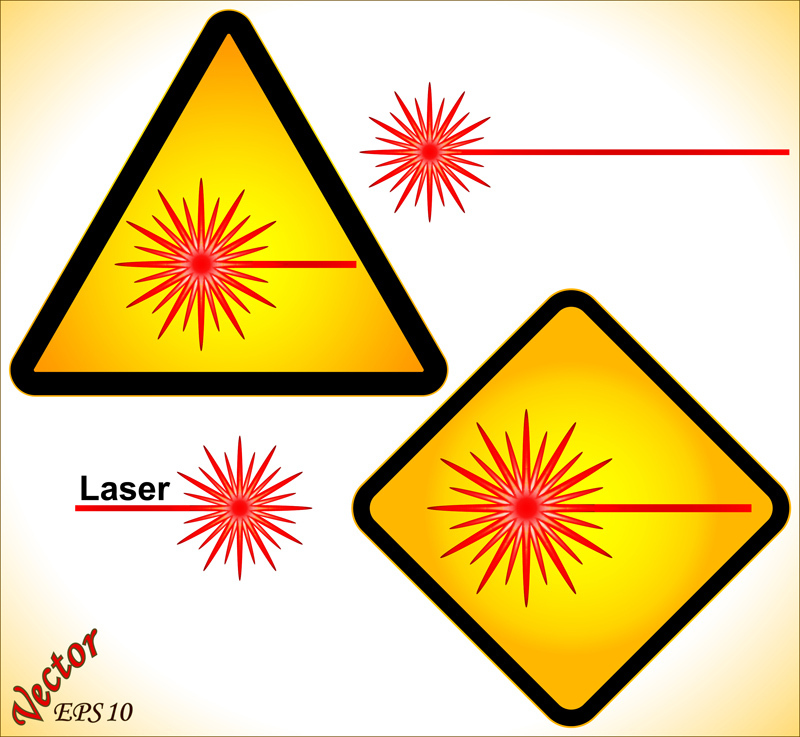
|
The word “laser” stands for “Light Amplification by Stimulated Emission of Radiation.” Lasers are cavities that are filled with crystal, liquid, gas, or dye and that have mirrors at each end. They produce and amplify light into an intense beam focused on a small area. Strength ranges from the low-level lasers used in grocery and other types of scanners to the very powerful lasers that can be used for industrial cutting and welding. Hazards vary depending on the laser’s class and use.
Focus on Laser Hazards
Lasers do pose some serious hazards.
Think you have no time to train? Think again. BLR’s 7-Minute Safety Trainer helps you fulfill key OSHA-required training tasks in as little as 7 minutes. Try it at no cost and see!
Most people know that it’s a bad idea to look directly at a laser beam; how bad will depend on the laser’s class. Lasers are grouped into four hazard classes, with class 1 being largely nonhazardous and class 4 lasers presenting the greatest danger. Staring into the beam of a class 2, 3, or 4 laser can burn the retina—the tissue at the back of the eye that enables us to see—and if the burn is serious enough, the damage can be permanent. The strongest lasers—class 4—can even cause vision damage if a person stares into the beam’s reflection. But there are other laser hazards workers need to be aware of, including:
- Fires. On January 20, 2007, workers at a Los Angeles dermatology office laid a laser on a countertop—which then caught fire! Class 4 lasers present the greatest fire hazard.
Effective, 7-minute sessions providing comprehensive safety training at an average cost of $1 a day. Get the details.
- Smoke. The smoke plume generated during laser surgeries exposes half a million American medical workers each year to potentially toxic products of combustion, including carbon monoxide and polyaromatic hydrocarbons. In some cases, such as when lasers are used to treat venereal warts, healthcare workers may be exposed to airborne viral fragments, according to federal OSHA. Anytime lasers are used for precision burning, consider the possible hazards that are going up in the smoke.
- Skin burns. Although the eyes are more vulnerable to injury than the skin, class 4 lasers can cause thermal burns or sunburns to the skin.
- Nonbeam hazards. Lasers can create electrical hazards if they are incorrectly installed; they can create an explosion hazard if the housing is inadequate.
Tomorrow, we’ll look at ways to protect workers from laser hazards.
